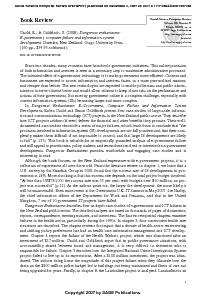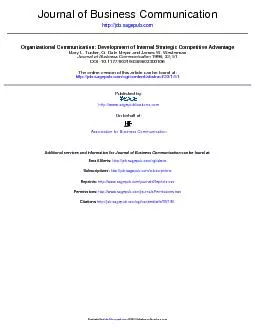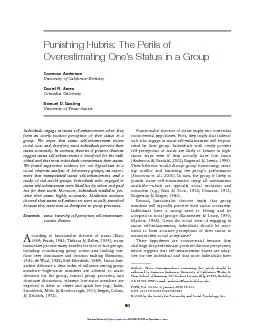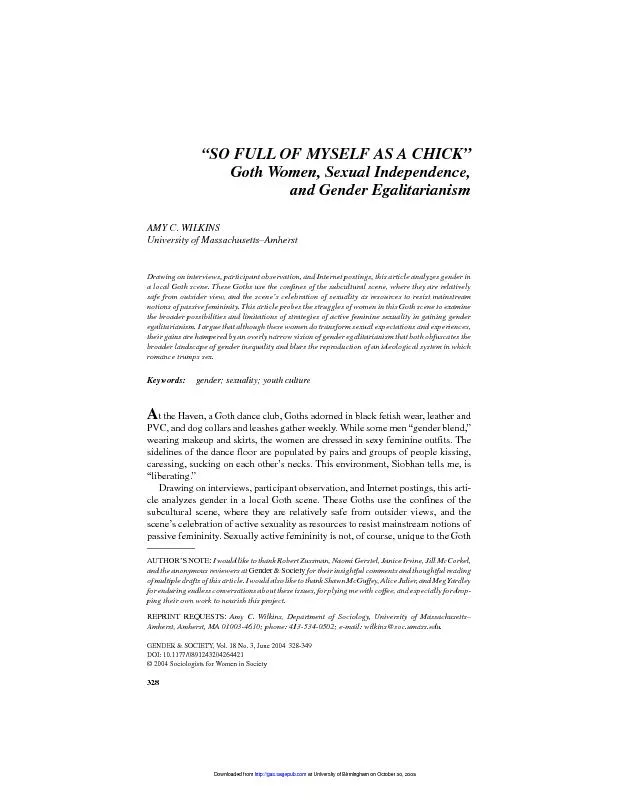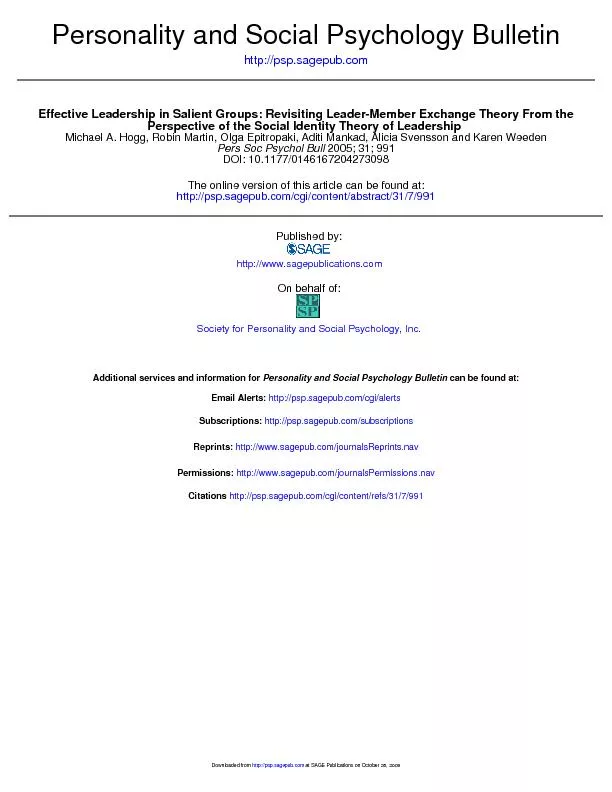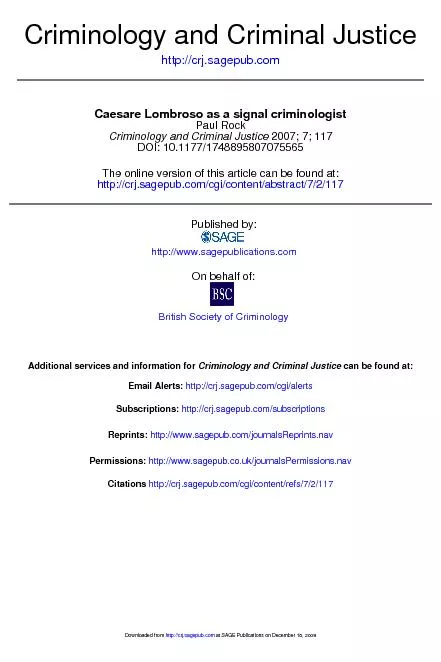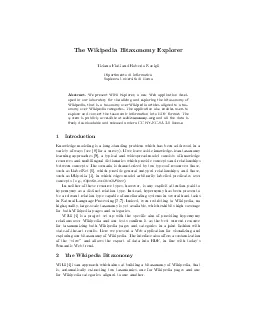PDF-Social Science Computer ReviewVolume XX Number Xhttp://ssc.sagepub.com
Author : min-jolicoeur | Published Date : 2016-06-01
1 Social Science Computer Review OnlineFirst published on December 3 2007 as doi1011770894439307307360 Copyright 2007 by SAGE Publications a fullblown fiascothe
Presentation Embed Code
Download Presentation
Download Presentation The PPT/PDF document "Social Science Computer ReviewVolume XX ..." is the property of its rightful owner. Permission is granted to download and print the materials on this website for personal, non-commercial use only, and to display it on your personal computer provided you do not modify the materials and that you retain all copyright notices contained in the materials. By downloading content from our website, you accept the terms of this agreement.
Social Science Computer ReviewVolume XX Number Xhttp://ssc.sagepub.com: Transcript
Download Rules Of Document
"Social Science Computer ReviewVolume XX Number Xhttp://ssc.sagepub.com"The content belongs to its owner. You may download and print it for personal use, without modification, and keep all copyright notices. By downloading, you agree to these terms.
Related Documents

